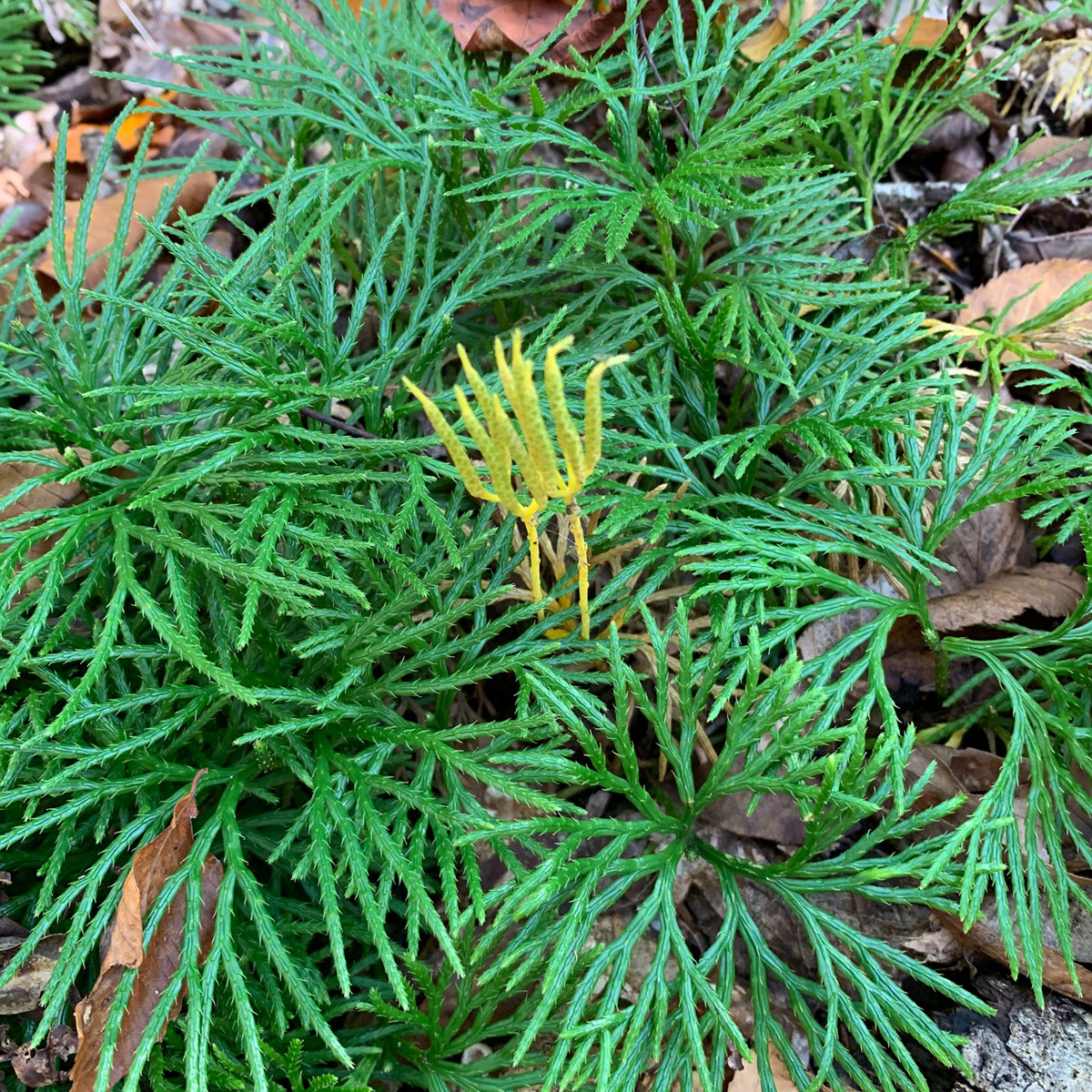When I first identified this lil’ guy, I was surprised and giddy to hear that it was something called a “spleenwort,” rather than a fern. It makes me think of cauldrons, toil, trouble, and the three witches from MacBeth. I think spleenwort would definitely be something I’d throw into my brew!
I had to look up to see what a spleen looked like, and it doesn’t at all resemble the shape of this small thin fern. With a little research (i.e. googling) I found that “both the scientific name “Asplenium” and the common name “spleenwort” are derived from an old belief, based on the doctrine of signatures (see below), that the fern was useful for ailments of the spleen, due to the spleen-shaped sori (the roundish shaped spores) on the backs of the fronds. ‘-wort’ is an ancient English term that simply means ‘plant.'”
The doctrine of signatures was the belief and practice (dating from the late 1400s and was practiced at least throughout the sixteenth century) that plants that resembled body parts were supposedly good for treating ailments of that specific body part. This led to many illnesses and deaths.
Alternate Names: Family: Aspleniaceae (Spleenwort Family) Habitat: Gravelly, slightly acid, well-drained soils. Sandy, Sandy Loam, Medium Loam, Limestone-based. Grows well in acid or alkaline soils. One of the most drought-tolerant ferns, this fern also takes more sun than many, provided its kept moist enough. Must have good drainage, and does not tolerate flooding. Identifiers: Blooming Early May
Description: From Wildflower Database
Sterile and fertile fronds are entirely different in appearance and habit. Sterile fronds are only 2-6 in. long, have short, blunt, alternate pinnae, and are evergreen. Fertile fronds are 1-2 ft. long, erect-arching, and bear short, alternate pinnae below and longer, opposite pinnae above. Fronds occur in loose clusters, arising from the clumping rootstock. Colonizing roots are black and wiry.
The word, ebony, refers to the fact that the stalk turns a shining black with age.














